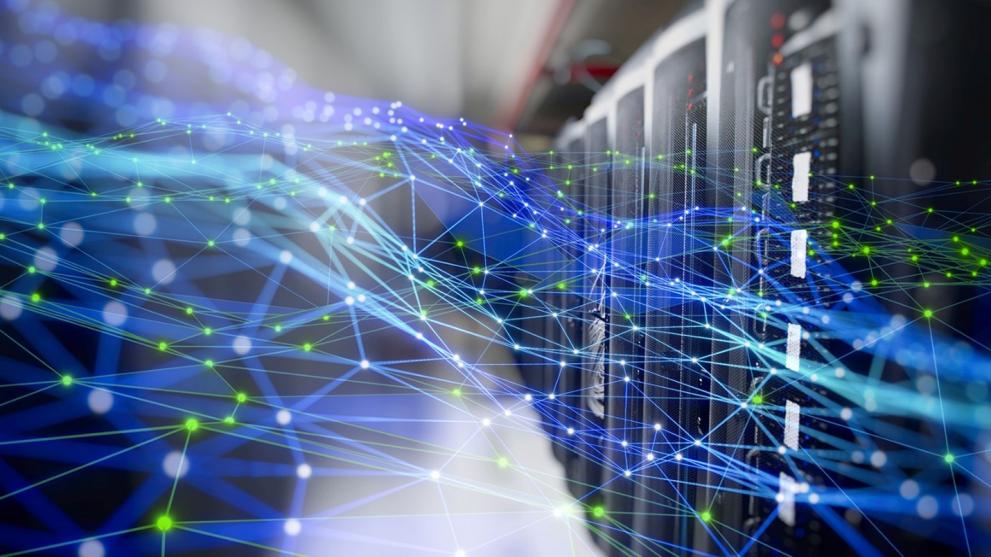The Rise of AI Detector: Ensuring Authenticity in a Digital Era
. Enter the AI detector, a solution designed to ensure authenticity, maintain trust, and uphold standards in various fields.

In today’s rapidly evolving technological landscape, artificial intelligence (AI) plays an integral role in transforming industries and reshaping how people interact with information. Among the many innovations, AI-generated content has become increasingly prevalent. From academic essays to marketing campaigns, AI tools can produce human-like text in seconds. However, this surge in AI-generated content has brought a pressing concern: the need for tools that can distinguish between human and machine-generated material. Enter the AI detector, a solution designed to ensure authenticity, maintain trust, and uphold standards in various fields.
What is an AI Detector?
An AI detector is a software tool or algorithm specifically designed to analyze text and determine whether it has been generated by a human or an AI system. These detectors work by examining patterns, syntax, grammar, and even the statistical structure of the text. AI-generated content often exhibits certain hallmarks, such as repetitive phrasing or an overly polished tone, which AI detectors can identify with remarkable accuracy.
The rise of large language models like OpenAI’s GPT series and other generative AI systems has increased the demand for these tools. AI detectors are now employed in educational institutions, businesses, and even journalism to ensure that content meets the desired level of originality and integrity.
Applications of AI Detectors
-
Education
In academic settings, plagiarism detection has always been a priority. With AI systems now capable of generating entire essays, educators face a new challenge: distinguishing between authentic student work and AI-generated submissions. AI detectors provide a solution by helping educators identify text that may not be entirely original, ensuring academic honesty. -
Content Creation and Marketing
Many businesses use AI tools to streamline content creation, but over-reliance on AI can lead to generic or unengaging material. AI detectors help marketing teams verify whether content aligns with brand values and resonates with their audience in a human-like manner. -
Journalism and Media
Journalistic integrity depends on the authenticity of the information presented. Media outlets are now using AI detectors to vet content for authenticity, especially in an era where misinformation and fake news can spread rapidly through machine-generated content. -
Hiring and Recruitment
In recruitment, companies often ask candidates to submit essays or written samples. AI detectors can help ensure that these submissions reflect the candidate's genuine abilities rather than relying on AI assistance.
Benefits of Using AI Detectors
-
Ensuring Originality
By identifying AI-generated content, detectors help preserve originality in writing. This is particularly important in academic and creative fields, where originality is highly valued. -
Maintaining Trust
In industries like journalism and marketing, maintaining trust with readers or customers is critical. Ensuring that content is authentic helps build and sustain this trust. -
Encouraging Ethical Use of AI
AI detector do not necessarily discourage the use of AI but rather promote its ethical application. By identifying when AI tools have been used, these detectors encourage transparency. -
Improved Accountability
For individuals and organizations, using AI detectors adds a layer of accountability. It ensures that users take responsibility for their work and are aware of the implications of relying too heavily on AI tools.
Challenges and Limitations
While AI detectors offer numerous benefits, they are not without limitations. As AI systems become more advanced, they generate increasingly sophisticated content that can evade detection. This creates an ongoing challenge for developers to refine and improve AI detection algorithms.
Another issue is the potential for false positives. Some human-written content might mistakenly be flagged as AI-generated due to its structure or style, which can create unnecessary complications. To address this, AI detectors must strike a balance between sensitivity and accuracy.
The Future of AI Detectors
As AI technology continues to evolve, so too will the tools designed to detect its output. The future of AI detectors lies in their ability to adapt to more nuanced and complex AI systems. This will likely involve integrating machine learning techniques that enable detectors to learn and improve over time.
Moreover, collaboration between developers, educators, and businesses will be crucial in ensuring that AI detectors meet the diverse needs of their users. Whether it’s through partnerships with tech companies or open-source initiatives, the goal will be to create reliable tools that foster trust and transparency in a world increasingly shaped by AI.
Conclusion
The emergence of AI detectors marks a pivotal step in navigating the challenges posed by AI-generated content. These tools not only help identify machine-written material but also play a vital role in preserving authenticity, promoting ethical AI use, and maintaining trust across industries. As the demand for AI-generated content grows, the importance of robust AI detection tools cannot be overstated. In a digital age where the lines between humans and machines are increasingly blurred, AI detectors serve as guardians of originality and integrity.
See: bipdallas.com
What's Your Reaction?

















